Sports Injuries: Who Pays for What?
When it comes to sports injuries, insurance liabilities aren’t nearly as black and white as you might think.

When it comes to sports injuries, insurance liabilities aren’t nearly as black and white as you might think.

Get Involved
Our authors are what set Insurance Thought Leadership apart.
|
Partner with us
We’d love to talk to you about how we can improve your marketing ROI.
|
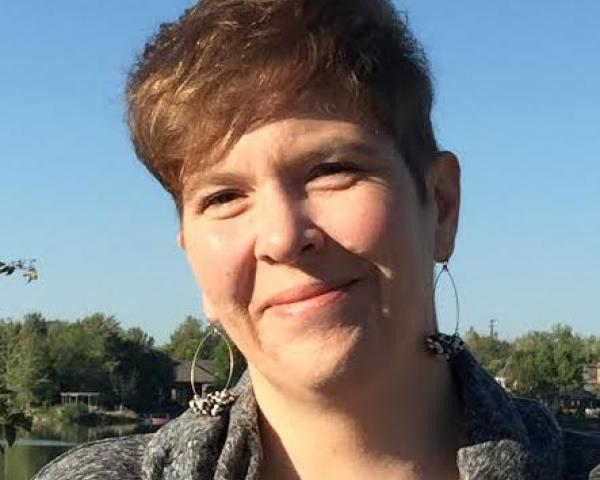
Hattie James is a writer and researcher living in Boise, Idaho. She has a varied background, including education and sports journalism. She is a former electronic content manager and analyst for a government agency. She recently completed her MBA.
We may evolve to a world of highly connected cities and loosely or marginally connected rural areas. Insurers need to start scenario planning.

The digital divide has been a concern for quite some time. The digital haves and have-nots are usually described in terms of socio-economic terms, with the less economically advantaged missing out on the benefits of the digital world — and now the connected world. But the divide may also occur between cities and rural areas. What are some reasons to think this gap may widen?
The one connected-world ecosystem where rural areas will certainly forge ahead is in intelligent farming. Smart agriculture solutions are already being broadly tested and implemented. From highly automated and connected farming machinery to sensors in the soil to robotic milking operations at dairies, there is great potential to improve the yield and quality of agricultural output.
What does all this mean for insurance? First, this is not to say there will not be smart homes, buildings, health care facilities, etc. in rural settings. Of course there will be, but it may happen that we evolve to a world of highly connected cities and loosely or marginally connected rural areas. Suburbs will fall somewhere in between in terms of connectivity. Insurers should conduct scenario planning to assess the implications of this potential new divide in the connected world. This may be especially important for those with a focus on urban areas because the risk landscape is likely to change the most over the next decade due to the growth of the connected world.
Get Involved
Our authors are what set Insurance Thought Leadership apart.
|
Partner with us
We’d love to talk to you about how we can improve your marketing ROI.
|

Mark Breading is a partner at Strategy Meets Action, a Resource Pro company that helps insurers develop and validate their IT strategies and plans, better understand how their investments measure up in today's highly competitive environment and gain clarity on solution options and vendor selection.
To gain a new perspective, insurers can look at their key issues from a systematic approach. They can start with three simple questions.

Get Involved
Our authors are what set Insurance Thought Leadership apart.
|
Partner with us
We’d love to talk to you about how we can improve your marketing ROI.
|
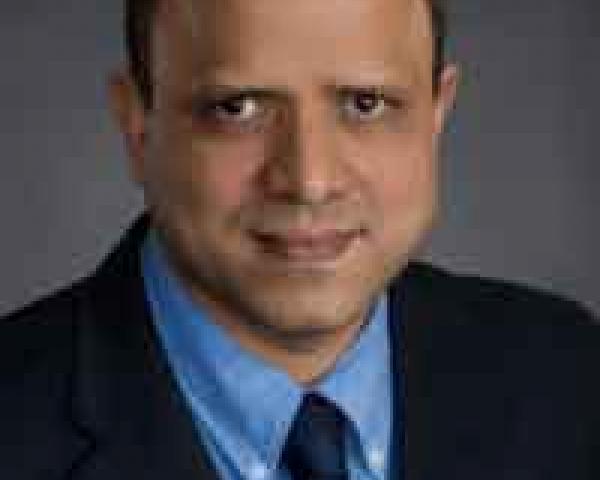
Vidyesh Khanolkar has more than 20 years of experience in information technology on the service provider and customer side. He has large program delivery experience and profitability and P&L management experience across North America, the UK and Asia Pacific in the insurance technology sector.
Only 7% of U.S. homes carry flood insurance. Huge opportunities are developing for agents who follow a few fundamental strategies.

Get Involved
Our authors are what set Insurance Thought Leadership apart.
|
Partner with us
We’d love to talk to you about how we can improve your marketing ROI.
|
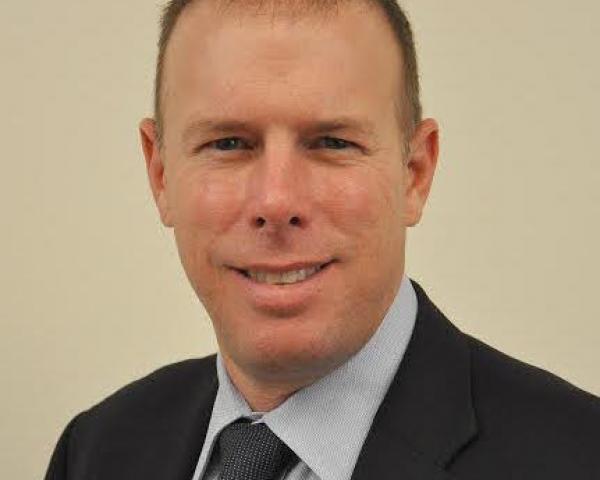
John Dickson is president and CEO of Aon Edge. In this role, Dickson oversees the delivery of primary, private flood insurance solutions as an alternative to federally backed flood insurance.
Corporations can now impose more draconian wellness schemes on their workers, even though the programs have been shown to not work,.

Get Involved
Our authors are what set Insurance Thought Leadership apart.
|
Partner with us
We’d love to talk to you about how we can improve your marketing ROI.
|

Al Lewis, widely credited with having invented disease management, is co-founder and CEO of Quizzify, the leading employee health literacy vendor. He was founding president of the Care Continuum Alliance and is president of the Disease Management Purchasing Consortium.
Letting drivers ask for tips messes with a customer experience that has been magical. That is a risky proposition even for Uber.

Get Involved
Our authors are what set Insurance Thought Leadership apart.
|
Partner with us
We’d love to talk to you about how we can improve your marketing ROI.
|
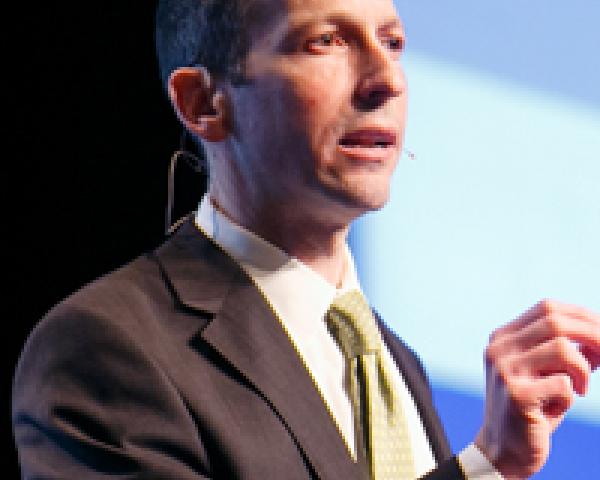
Jon Picoult is the founder of Watermark Consulting, a customer experience advisory firm specializing in the financial services industry. Picoult has worked with thousands of executives, helping some of the world's foremost brands capitalize on the power of loyalty -- both in the marketplace and in the workplace.
Three key beliefs stand in the way of innovation in life insurance. The right approach to prototypes is the solution.

Get Involved
Our authors are what set Insurance Thought Leadership apart.
|
Partner with us
We’d love to talk to you about how we can improve your marketing ROI.
|
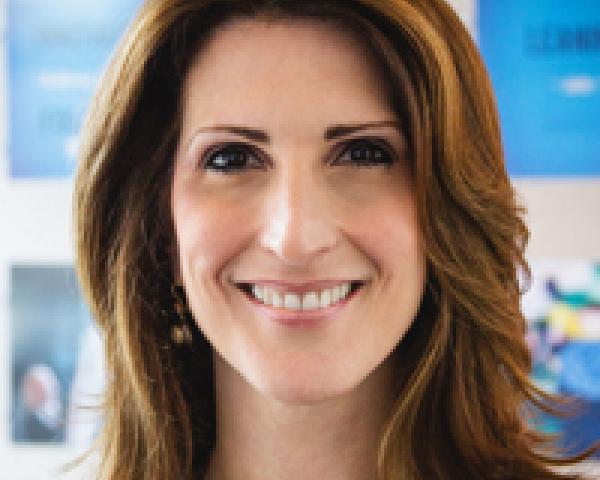
Maria Ferrante-Schepis is the managing principal of insurance and financial services innovation at Maddock Douglas.
Only 7% of caregivers use new technologies -- that figure must soar, or we will face a severe shortage of care for our loved ones.

AARP's Project Catalyst recently released a study in collaboration with HITLAB, the healthcare innovation and technology lab based in New York, that shows a very high family caregiver interest in using new technologies to help care for loved ones (71%), but the actual usage today of technology by caregivers is very low (7%) due to the lack of awareness of viable options and the time challenges involved.
According to Laura Pugliese, deputy director of HITLAB and member of the research team, the study is "a call to action regarding the tremendous challenges facing our society and unpaid family caregivers, who are unsung heroes. We are helping to put together a road map for innovative companies to produce technology products and services in the caregiver marketplace to address unmet needs. We want to find out what works and what doesn't."
That is the basic goal of AARP and its partners in Project Catalyst, including the medical researchers at HITLAB. The staggering statistic in this study is that by the year 2020 there will be 117 million Americans (including the aging baby boomers) who will need assistance with daily living and healthcare issues. The problem is that, although 117 million people will be in need of a wide range of assistance, it is projected that only 45 million family members will be available to help care for their loved ones. These family members are not only unpaid, but lose $522 billion in income, according to the study ("Caregivers and Technology: What They Want and Need").
As a former caregiver for both my mother and father, who served in WWII and who were part of America's greatest generation, I can't even begin to share how stressful, time-consuming and emotionally draining the process is and the profound impact it played in both my personal and professional life.
As a caregiver over the span of several years, I became involved in finances, banking, wills, estates, taxes, power of attorney, selling a home, healthcare directives, Social Security, Medicare, Medicaid, senior housing, assisted living, nursing homes, DNR orders (Do Not Resuscitate), doctor appointments, surgery, emergency room visits, hospital stays and end-of-life decisions, in addition to just being a son and a brother. I wouldn't have it any other way, of course.
The only technology available to me was my cellphone and answering machine, but AARP Project Catalyst has identified nine frontiers for innovative technology companies to address:
These nine frontiers certainly identify the key areas of concern of a caregiver. However, as I thought about all the time and effort involved from my own personal experience, what is lacking is overall caregiver support. I was often asked, How is your mom? How is your dad? Nobody ever asked how I was doing.
Nothing can prepare you for this caregiver role. In the middle of intense professional obligations as a vice president with responsibilities to major clients, I had to sell a house, find good doctors, get power of attorney, prepare financial statements, pay bills and find cleaning services while seeing that my parents were getting the best healthcare available at the right time and place and taking all the right medications.
Being a caregiver is at minimum like having a part-time job, unpaid. The AARP/HITLAB study found that on average a caregiver spends 20 hours a week on a wide variety of tasks. From my experience, that is about right on a good week.
I can envision existing and future technologies having the ability to better monitor medication regiments. My father, who suffered from congestive heart failure, a blocked carotid artery, diabetes, arthritis, sleep apnea and other ailments, was given so many medications that I had to work with the hospital pharmacy department to develop a check list of what medications he should be or not be taking, what for, why and how often. I developed a handmade chart on his refrigerator door and put numbers on his prescription drug bottles. My handwritten instructions were take # 1, 2, 6, 8, 10 and 12 in the morning, another set in the afternoon and another set at night. It worked, but I had to do this myself by hand with help of a pharmacist.
Initially, the doctors wanted to amputate my father's legs due to poor circulation from congestive heart failure, but by getting a second opinion we learned that his cardiologist was prescribing the wrong medications. I got him a new cardiologist and the right medications. A dad whose sons didn't have our healthcare background and connections would have needlessly lost his legs and his quality of life.
Although there are technologies in use today, the actual usage based on this real world study is only 7%. The ability to monitor vital signs, especially for people with sleep apnea, congestive heart failure and other chronic conditions along with glucose levels for a diabetic can bring both peace of mind to a caregiver and potential lifesaving capabilities for the patient.
This study should be a call to action, and I'm sure there are many potential technologies in the pipeline or on the drawing board. I am also glad that people like AARP and HITLAB and the sponsors of Project Catalyst, including Pfizer, UnitedHealthcare, Medstar Health and the Robert Wood Johnson Foundation, are working on this road map.
Project Catalyst is actually reaching out to caregivers themselves to determine what their needs are and what works and what doesn't. HITLAB medical researchers literally went to people's homes to interview them to determine their daily needs and their use of technologies as a caregiver. I believe a very comprehensive list of potential technologies should be developed and tested. I see that healthcare technologies and apps are being developed and tested now to address health monitoring such as vital signs and glucose levels. My fear is that this potential use of technologies will be fragmented and require multiple companies, each addressing one of the nine identified frontiers, and may be cumbersome or expensive.
A major issue will also be the ability of medical providers to monitor these vital health signs and other health issues in real time. In addition, will the health insurance industry, including Medicare and Medicaid, be in position to pay primary healthcare providers for this monitoring?
I would also like to see innovative companies provide a comprehensive list of capabilities to help with all the non-direct healthcare needs of a caregiver, such as selling a home, power of attorney, healthcare directives and finding professional caregivers such as visiting nurses, assisted living and nursing homes.
Stan Kachnowski, chairman at HITLAB, stated; "Our goal is to help bring the best technologies to the caregiver marketplace in order to make a positive impact where the patient (and their caregiver) comes first and profits last."
AARP and HITLAB plan to continue their research and will conduct a series of pilot programs to test new technologies.
This is something that will eventually affect almost everyone either as a patient, caregiver or both. When doctors say there is no known cure for congestive heart failure, diabetes or Alzheimer's or other chronic conditions, they mean it.
Get Involved
Our authors are what set Insurance Thought Leadership apart.
|
Partner with us
We’d love to talk to you about how we can improve your marketing ROI.
|
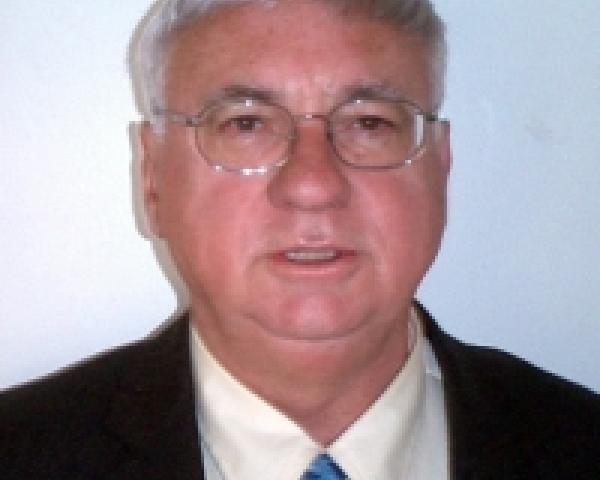
Dan Miller is president of Daniel R. Miller, MPH Consulting. He specializes in healthcare-cost containment, absence-management best practices (STD, LTD, FMLA and workers' comp), integrated disability management and workers’ compensation managed care.
Using a portfolio approach, insurers must start facing up to the difficult decisions that must be made about their underperforming assets.


 Taking a portfolio view
We firmly believe that there are significant opportunities to help insurers enhance shareholder value by taking a portfolio view of their assets. And, in doing so, insurance organizations should be able to make clear decisions about whether to go (i.e., leave those markets and businesses that do not meet the strategic objectives of the organization) or grow (i.e., committing to targeted investment to drive transformational change and improvement initiatives
that will allow the business to compete effectively).
Indeed, by looking at non-core businesses as a portfolio of assets, insurance executives should be able to properly assess each businesses’ strategic fit, performance and synergies, which, in turn, will enable them to identify opportunities to improve the business through portfolio realignment.
Taking a portfolio view will also provide insurance executives with the insight needed to prepare a fix, close or sell strategy that drives a clear approach for non-core assets and then move through to a robust execution plan with appropriate governance.
Taking a portfolio view
We firmly believe that there are significant opportunities to help insurers enhance shareholder value by taking a portfolio view of their assets. And, in doing so, insurance organizations should be able to make clear decisions about whether to go (i.e., leave those markets and businesses that do not meet the strategic objectives of the organization) or grow (i.e., committing to targeted investment to drive transformational change and improvement initiatives
that will allow the business to compete effectively).
Indeed, by looking at non-core businesses as a portfolio of assets, insurance executives should be able to properly assess each businesses’ strategic fit, performance and synergies, which, in turn, will enable them to identify opportunities to improve the business through portfolio realignment.
Taking a portfolio view will also provide insurance executives with the insight needed to prepare a fix, close or sell strategy that drives a clear approach for non-core assets and then move through to a robust execution plan with appropriate governance.

 GO: A bespoke approach to divestment
In those cases where the assessment process leads to the decision to go, insurance executives will need to develop a smart divestment strategy for the business. Interestingly, our experience suggests that the divestment process has evolved considerably over the past decade.
Whereas in the past, the normal approach to selling a business involved rigid auction processes based on standard checklists and documents such as information memoranda and vendor due diligence reports, most now recognize that this approach may not maximize value.
Instead, insurers are now taking a more bespoke and focused approach to divestment that is largely influenced by four key factors:
— economic conditions
— sellers taking control
— wider buyer populations
— business model changes
GO: A bespoke approach to divestment
In those cases where the assessment process leads to the decision to go, insurance executives will need to develop a smart divestment strategy for the business. Interestingly, our experience suggests that the divestment process has evolved considerably over the past decade.
Whereas in the past, the normal approach to selling a business involved rigid auction processes based on standard checklists and documents such as information memoranda and vendor due diligence reports, most now recognize that this approach may not maximize value.
Instead, insurers are now taking a more bespoke and focused approach to divestment that is largely influenced by four key factors:
— economic conditions
— sellers taking control
— wider buyer populations
— business model changes
 GROW: More than just scale
Insurers need to have sufficient optionality and diversification
to respond to a rapidly changing business environment. And while not all divisions and local operations need to be market-leading, they do need to demonstrate how they can make a contribution to the overall strategic ambitions of the organization.
For some, the answer will come in the form of inorganic growth within their sub-scale businesses. For others, targeted investments to support product growth initiatives or new distribution arrangements offer a lower-risk solution.
However, while many deals have been driven recently by organizations with a (fully understandable) strong focus on costs and efficiency, we often find that scale, in itself, is not a good enough reason to support a deal. Indeed, we believe that acquisitions must also bring complementary capabilities (such as new expertise in specific product lines, increased geographical reach or new distribution models) to create a sustainable platform for future growth.
GROW: More than just scale
Insurers need to have sufficient optionality and diversification
to respond to a rapidly changing business environment. And while not all divisions and local operations need to be market-leading, they do need to demonstrate how they can make a contribution to the overall strategic ambitions of the organization.
For some, the answer will come in the form of inorganic growth within their sub-scale businesses. For others, targeted investments to support product growth initiatives or new distribution arrangements offer a lower-risk solution.
However, while many deals have been driven recently by organizations with a (fully understandable) strong focus on costs and efficiency, we often find that scale, in itself, is not a good enough reason to support a deal. Indeed, we believe that acquisitions must also bring complementary capabilities (such as new expertise in specific product lines, increased geographical reach or new distribution models) to create a sustainable platform for future growth.
 GROW: Responding to a changing environment
New technologies, changing customer demands, new ways of doing business and the threat of innovators disrupting the traditional business model are all changing the way that insurers view their portfolio of assets and businesses.
See Also: The Formula for Getting Growth Results
Clearly, understanding and capturing the benefits of innovation is a critical imperative, and there are major opportunities available for companies willing to invest in new technologies. Recognizing this, many insurers are now starting to develop new models and ways of working with the financial technology (FinTech) community.
Key takeaway: Be bold
Regardless of whether the decision is to grow or go, insurers need to start facing up to the difficult decisions that must be made about their underperforming assets.
Interestingly, our experience suggests that — in this rapidly evolving space — outright acquisition may not always be the right answer. As our recent report, The Power of Alliances, demonstrates, many insurers are now exploring the value that could be generated by investing in partnerships, alliances and innovation hubs to broaden their exposure to innovations and technology solutions.
GROW: Responding to a changing environment
New technologies, changing customer demands, new ways of doing business and the threat of innovators disrupting the traditional business model are all changing the way that insurers view their portfolio of assets and businesses.
See Also: The Formula for Getting Growth Results
Clearly, understanding and capturing the benefits of innovation is a critical imperative, and there are major opportunities available for companies willing to invest in new technologies. Recognizing this, many insurers are now starting to develop new models and ways of working with the financial technology (FinTech) community.
Key takeaway: Be bold
Regardless of whether the decision is to grow or go, insurers need to start facing up to the difficult decisions that must be made about their underperforming assets.
Interestingly, our experience suggests that — in this rapidly evolving space — outright acquisition may not always be the right answer. As our recent report, The Power of Alliances, demonstrates, many insurers are now exploring the value that could be generated by investing in partnerships, alliances and innovation hubs to broaden their exposure to innovations and technology solutions.
 Simply put, insurers can no longer afford to sit on businesses that are not delivering value; they must make bold decisions and then execute on them to win in this environment.
Reprinted from (Regulatory Challenges Facing the Insurance Industry in 2016,) Copyright: 2016 KPMG LLP, a Delaware limited liability partnership and the U.S. member firm of the KPMG network of independent member firms affiliated with KPMG International Cooperative ("KPMG International"), a Swiss entity. All rights reserved. Printed in the U.S.A. The KPMG name and logo are registered trademarks or trademarks of KPMG International.
All information provided is of a general nature and is not intended to address the circumstances of any particular individual or entity. Although we endeavor to provide accurate and timely information, there can be no guarantee that such information is accurate as of the date it is received or that it will continue to be accurate in the future. No one should act upon such information without appropriate professional advice after a thorough examination of the facts of a particular situation.
For additional news and information, please access KPMG's global website.
Simply put, insurers can no longer afford to sit on businesses that are not delivering value; they must make bold decisions and then execute on them to win in this environment.
Reprinted from (Regulatory Challenges Facing the Insurance Industry in 2016,) Copyright: 2016 KPMG LLP, a Delaware limited liability partnership and the U.S. member firm of the KPMG network of independent member firms affiliated with KPMG International Cooperative ("KPMG International"), a Swiss entity. All rights reserved. Printed in the U.S.A. The KPMG name and logo are registered trademarks or trademarks of KPMG International.
All information provided is of a general nature and is not intended to address the circumstances of any particular individual or entity. Although we endeavor to provide accurate and timely information, there can be no guarantee that such information is accurate as of the date it is received or that it will continue to be accurate in the future. No one should act upon such information without appropriate professional advice after a thorough examination of the facts of a particular situation.
For additional news and information, please access KPMG's global website.
Get Involved
Our authors are what set Insurance Thought Leadership apart.
|
Partner with us
We’d love to talk to you about how we can improve your marketing ROI.
|
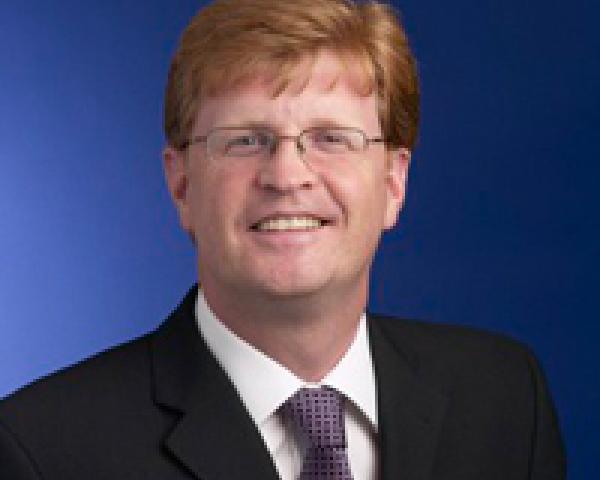
Mike Walker leads KPMG’s global insurance restructuring practice and is the head of insurance deal advisory in the U.K. Over the last 20 years, Walker has worked on some of the largest insurance restructurings and insolvencies in the U.K.
While innovation initiatives have been valuable, few organizations have been bold enough in their objectives or their execution.

 The capacity and capability to innovate
While many insurers recognize the vast possibilities that innovation brings, many seem reluctant to be first out of the gate. This is not entirely surprising; most organizations responding to our survey reported that they lack the hallmarks of an innovative organization, such as dedicated budgets, formal strategies, executive-level support and measurement processes.
Even those that want to take first- mover advantage (as almost a third of our respondents’ claim they wanted) face significant challenges catalyzing innovation. In part, this comes down
to capacity: 79% of respondents across the globe told us that they were already running at full tilt just keeping up with their core requirements.
Capability is also a key concern. Lack of skills and capability was ranked by 74% of respondents as a top three barrier to innovation, particularly for smaller and mid-sized organizations and those based in Europe. Simply put, insurers know what they need to do to drive innovation but recognize they lack certain skills to achieve it.
The capacity and capability to innovate
While many insurers recognize the vast possibilities that innovation brings, many seem reluctant to be first out of the gate. This is not entirely surprising; most organizations responding to our survey reported that they lack the hallmarks of an innovative organization, such as dedicated budgets, formal strategies, executive-level support and measurement processes.
Even those that want to take first- mover advantage (as almost a third of our respondents’ claim they wanted) face significant challenges catalyzing innovation. In part, this comes down
to capacity: 79% of respondents across the globe told us that they were already running at full tilt just keeping up with their core requirements.
Capability is also a key concern. Lack of skills and capability was ranked by 74% of respondents as a top three barrier to innovation, particularly for smaller and mid-sized organizations and those based in Europe. Simply put, insurers know what they need to do to drive innovation but recognize they lack certain skills to achieve it.
 To be fair, most insurers have certainly been working hard to improve their innovation strategy and capabilities. Many have already implemented cultural change programs focused on fostering innovation and training programs to develop idea generation and innovation skills. Others have put their sights on widening their innovation ecosystem by engaging in partnerships with academics, FinTechs and other third parties to drive innovation. Some have even changed their business models or created innovation "hubs" or "labs."
Lessons from leaders
Our experience suggests that while all of these previous initiatives are valuable, few organizations have been bold enough in their objectives or their execution to truly drive change. Based on our research, our interviews and our experience, we have identified six key ways that leading insurers are becoming more innovative.
To be fair, most insurers have certainly been working hard to improve their innovation strategy and capabilities. Many have already implemented cultural change programs focused on fostering innovation and training programs to develop idea generation and innovation skills. Others have put their sights on widening their innovation ecosystem by engaging in partnerships with academics, FinTechs and other third parties to drive innovation. Some have even changed their business models or created innovation "hubs" or "labs."
Lessons from leaders
Our experience suggests that while all of these previous initiatives are valuable, few organizations have been bold enough in their objectives or their execution to truly drive change. Based on our research, our interviews and our experience, we have identified six key ways that leading insurers are becoming more innovative.

Get Involved
Our authors are what set Insurance Thought Leadership apart.
|
Partner with us
We’d love to talk to you about how we can improve your marketing ROI.
|
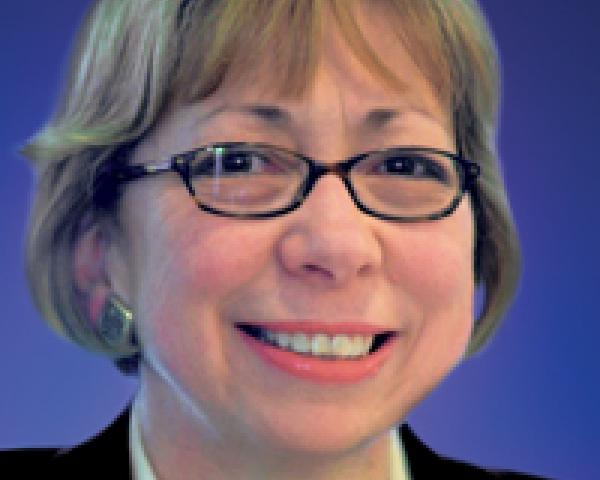
Mary Trussell is a partner within the insurance practice of KPMG in Canada. She brings deep expertise covering a broad range of insurance markets — from life and health and personal lines to specialty risks and reinsurance — across Asia Pacific, Europe and North America.